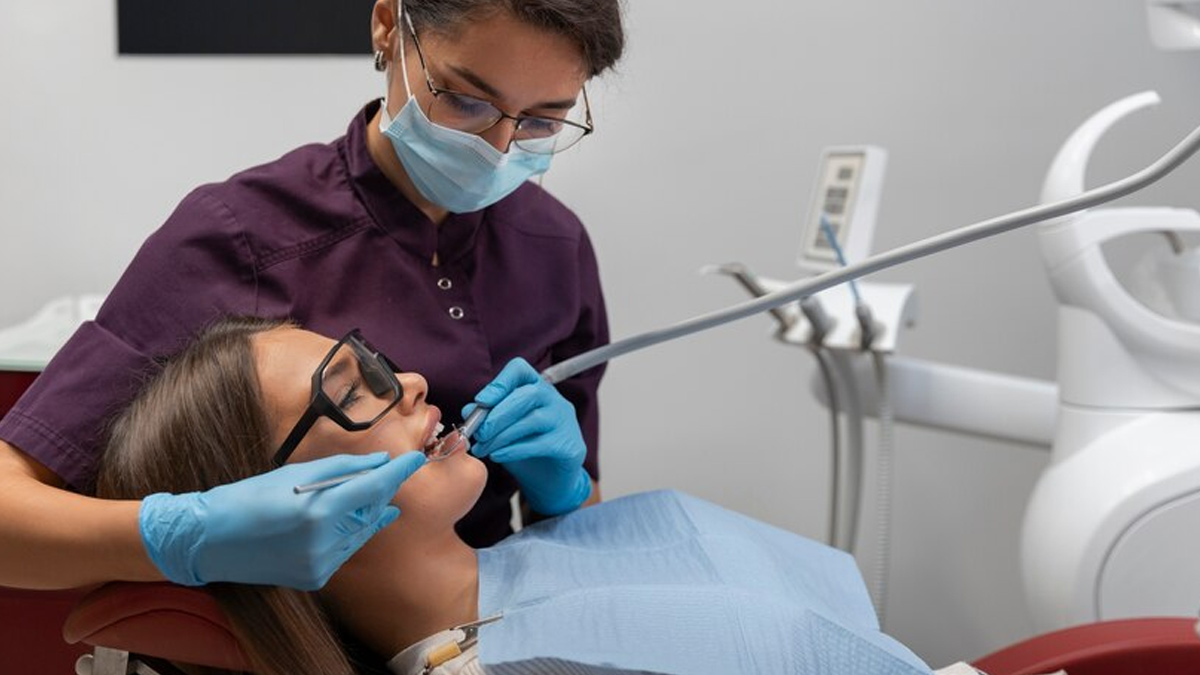
Facing surgery or a medical procedure can be intimidating, especially the idea of being 'put under.' Whether it's a routine dental extraction or a more complex operation, the use of anaesthesia raises questions and concerns. It's not just about preventing pain; it's also about trusting a skilled professional to ensure your comfort and safety while you're in a vulnerable state. We spoke to Dr Arun MG, HOD and Senior Consultant, Anesthesiology, Gleneagles BGS Hospital, Bengaluru, who shed light on the different types of anaesthesia available today, helping you understand what goes on behind the scenes to ensure that your medical experience is as smooth and pain-free as possible.
Table of Content:-
What Is Anaesthesia?

“Anaesthesia is a state of temporary controlled loss of consciousness and awareness, designed to keep a patient comfortable and pain-free during medical procedures. It is not only limited to the operation theatre but is also used for various procedures like endoscopy, colonoscopy, MRI, OPD procedures, and interventional radiology, conducted outside the operation theatre,” said Dr Arun.
In India, only a qualified anaesthetist can provide anaesthesia, unlike in some developed countries where certified nurse anaesthetists can also administer it. Anaesthetists are responsible for taking care of patients while they are under anaesthesia.
Also Read: Kidney Transplant: Expert Shares Tips That You Must Follow Pre And Post The Surgery
Types of Anaesthesia
There are three types of anaesthesia broadly
- Sedation and general anaesthesia
- Regional anaesthesia
- Local anaesthesia
1. Sedation and General Anaesthesia

"Both sedation and general anaesthesia involve a patient losing control of their breathing after receiving an intravenous injection or inhaling gas anaesthesia. Later, a tube is inserted into the throat and connected to a ventilator. This is standard procedure for all children undergoing surgery and for most surgeries above the umbilicus in adults,” said Dr Arun.
According to the Royal College of Anaesthetists (RCOA), some patients receiving a local or regional anaesthetic prefer not to be fully awake during surgery, so they opt for sedation as well. With sedation, you might recall everything, some parts, or nothing at all. However, sedation alone doesn't ensure that you will have no memory of the procedure; only general anaesthesia can guarantee complete memory loss of the operation.
Common Side Effects
- Nausea
- Vomiting
- Sore throat
- Itching
- Shivering
- Pain at the injection site
Less Common Complications
- Aspiration
- Decreased oxygen levels
- Dental injury
- Voice changes
2. Regional Anaesthesia

Regional anaesthesia includes neuraxial anaesthesia and nerve blocks.
Neuraxial anaesthesia
“This includes spinal anaesthesia and epidural anaesthesia. An injection is given in the back so that the legs get temporarily paralysed without any sensations. The duration of the effect depends on the drug used and the patient will be pain free till the effect ceases,” added Dr Arun.
Complications like headache, pain at the site of prick and failed injection are common. Rare complications like nerve injury, infection, and bleeding near the spinal cord are a possibility, especially in patients on blood thinners.
Nerve block
Commonly used for the upper limb, lower limb, and abdominal wall, these blocks can serve as a sole anaesthetic or an adjuvant to general anaesthesia for postoperative pain relief. Injections, once given blindly, are now safely administered using ultrasound or nerve stimulator guidance. Complications like allergic reactions, nerve injury, bleeding, intravascular injection and local anaesthetic toxicity are rare.
Also Read: Newer Heart Transplant Method: Expert Explains Expanding Opportunities For Lifesaving Surgery
3. Local Anaesthesia

Local anaesthesia is an injection of local anaesthetic at the site of the procedure. It is commonly used for dental and small surgical procedures in adults provided the patient cooperates. The patient usually doesn’t need admission for such procedures.
Combining Anaesthesia Types
Often, a combination of the above types is used to achieve better haemodynamics and pain relief. The choice of anaesthesia depends on various factors including the patient’s condition, the nature of the surgery, and the preferences of the surgeon and anaesthetist.
Many times a combination of the above is used for better haemodynamics and pain relief. The preferred technique depends on the patient, surgery, surgeon and anaesthetist’s choice. The choice of anaesthesia has to be decided on a patient-to-patient basis. It's important to keep patients undergoing anaesthesia nil orally at least for 6-8 hours before surgery as it decreases complications like aspiration and vomiting.
Safety and Precautions
Patients are generally advised to remain nil by mouth for 6-8 hours before surgery to reduce the risk of complications, such as aspiration and vomiting. With modern advancements in anaesthesia, undergoing such procedures is very safe today. The availability of safer drugs, advanced monitoring systems, and qualified anaesthetists ensures vigilant monitoring, allowing for early detection and management of potential complications to keep the patient safe.
[Disclaimer: This article contains information provided by an expert and is for informational purposes only. Hence, we advise you to consult your own professional if you are dealing with any health issues to avoid complications.]
Also watch this video
How we keep this article up to date:
We work with experts and keep a close eye on the latest in health and wellness. Whenever there is a new research or helpful information, we update our articles with accurate and useful advice.
Current Version